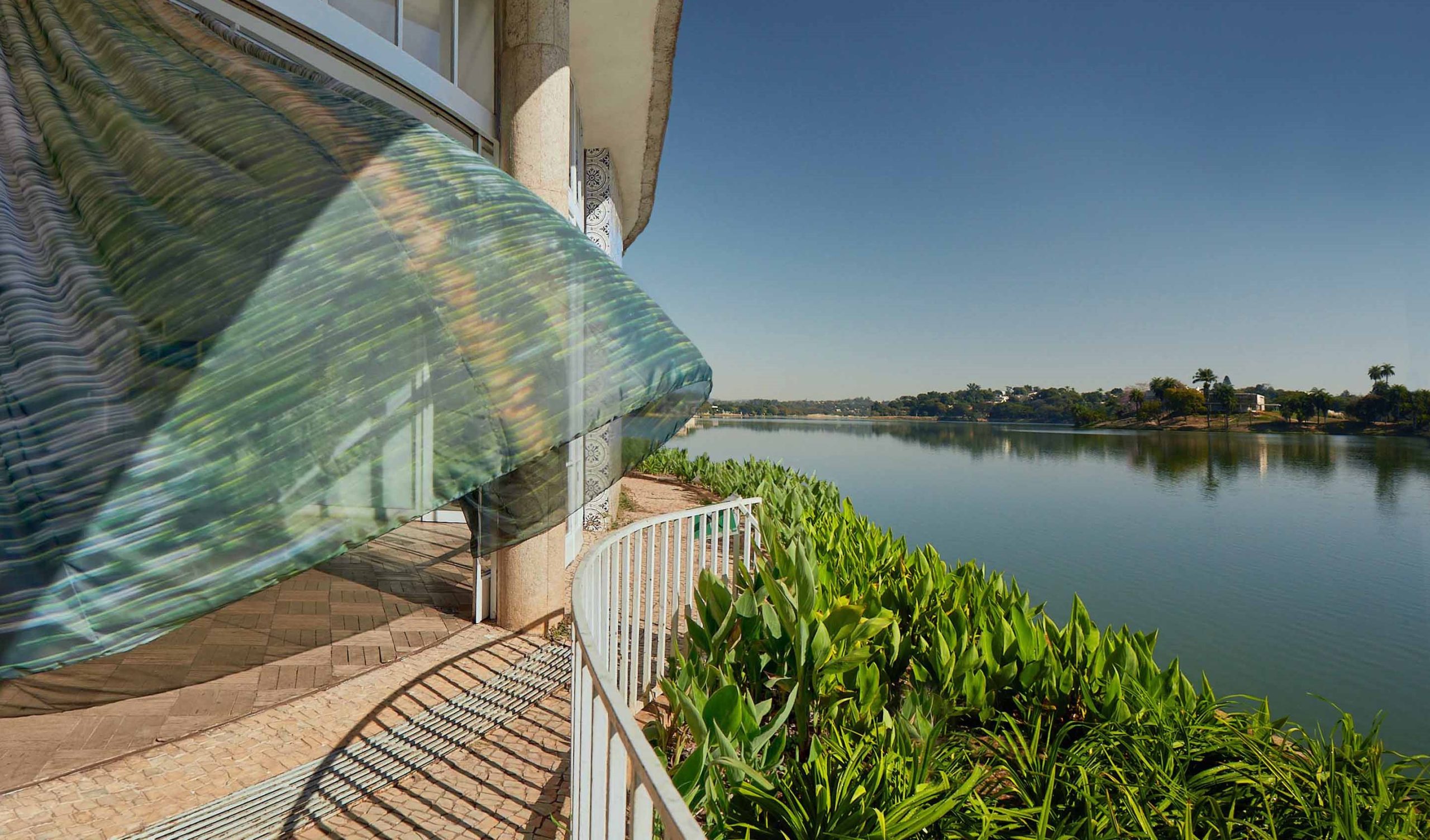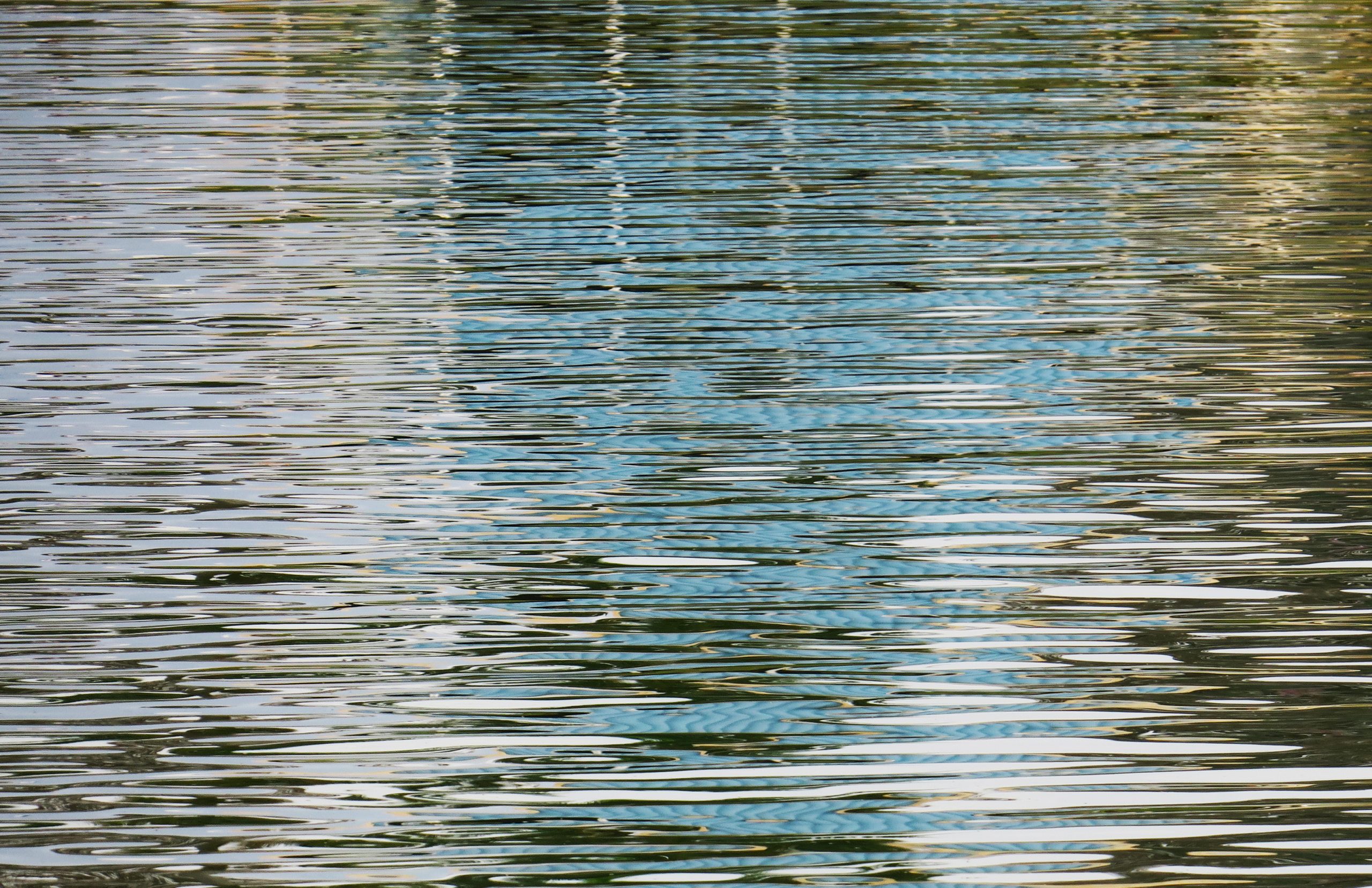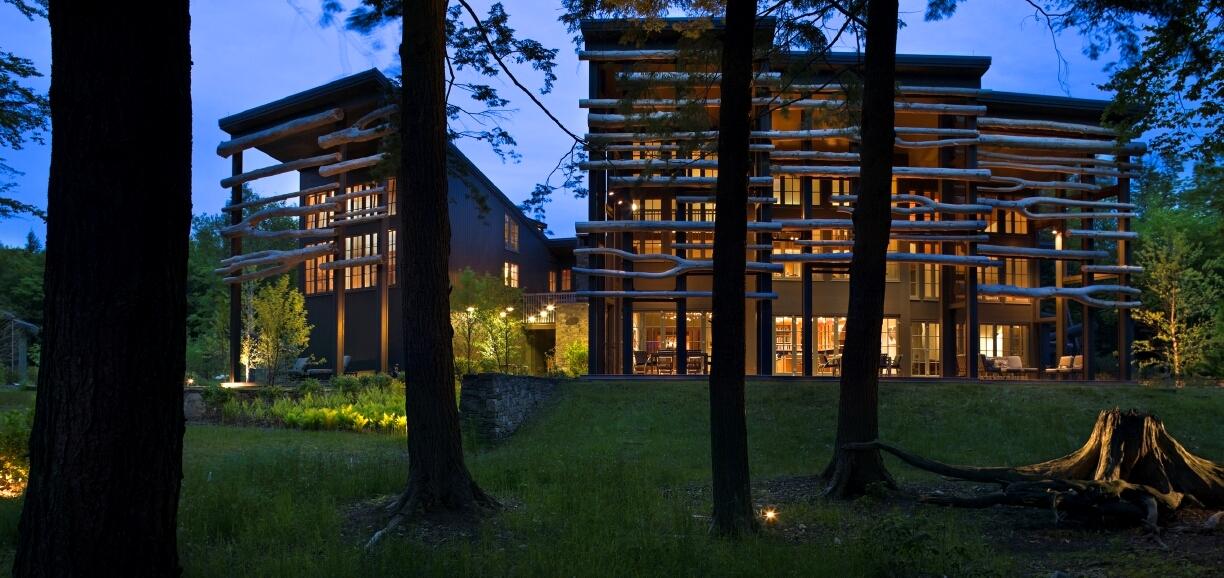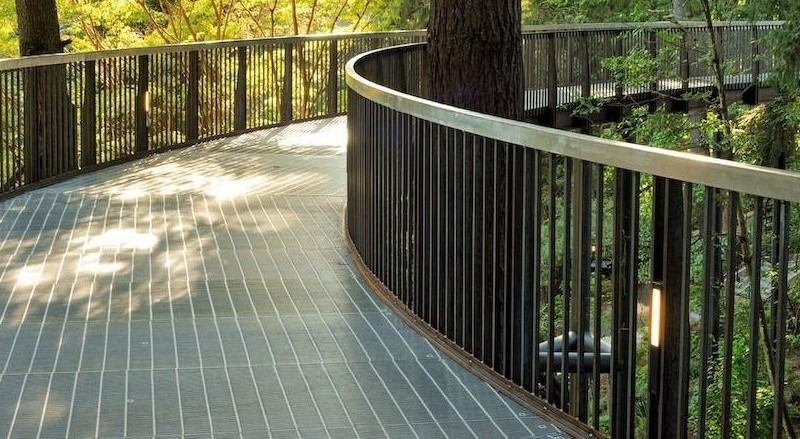Every architect has to get a break somewhere.
And for Oscar Niemeyer, it came in Belo Horizonte, the sixth largest city in Brazil. In the 1940s the mayor asked him to design four buildings – a church, a yacht club, a casino and a ballroom.
“He wanted to create a new area,” says photographer Paul Clemence, who was born in the U.S. but raised in Brazil. “This was the first project that gave a spotlight to Niemeyer.”
Juscelino Kubitschek de Oliveira was that mayor with a vision. And Niemeyer’s first big commission would be solidly futuristic, with free-flowing lines.
The mayor was impressed enough that when he was elected Brazil’s president, he asked Niemeyer to design another modern urban complex.
It was to be called Brasilia – and it became the new capital of the country, designed in the International Style.
Talk about a career breakthrough.
So in 2016, Niemeyer’s Pampulha Modern Ensemble in Belo Horizonte was named a UNESCO World Heritage. This year, it’s celebrating its 80th anniversary. And as part of the celebration, the city organized an art exhibit and invited Clemence to participate and contribute a piece.
He created a series of 10 photographs he calls Modern Mirage, for Niemeyer’s very visionary architecture.
The surreal photographs beg the question: Is this real, or visionary, or a mirage? “All the photos are a reflection of the buildings in the lagoon built around the ballroom,” Clemence says. “And all the buildings are reflected on the water.”
None have been exhibited yet. But what Clemence does have on display in the ballroom, or Casa do Baile, is a textile installation that’s eight by 24 feet. On a sheet of flowing, transparent fabric called voile, he’s printed an image of the ballroom with its columns reflected on the water.
It hangs like a curtain that blows with the wind, inside and out. It’s mounted on a track and moves around the sphere of the room. “When it comes back inside, you can see through it,” he says.
This is a collaboration where the building interacts with its architecture. “It’s almost an impressionistic filter,” he says. “It’s a light filter and an image filter, and a new way to look at the architecture.”
The exhibition’s curator, Guilherme Wisnik, gets it. Here’s his take:
“The work is lyrically diaphanous. Refusing the traditional support of photography, it turns itself into space, into a curtain, fluttering delicately with the wind. Thus, the images of the columns of the Casa do Baile, added to and mixed with those of the surrounding vegetation, reflected in the waters of the lagoon, return to the Casa itself as a dancing spectrum.”
But actually, it’s one more homage from Clemence to his architectural hero, Oscar Niemeyer.
For more, go here.













